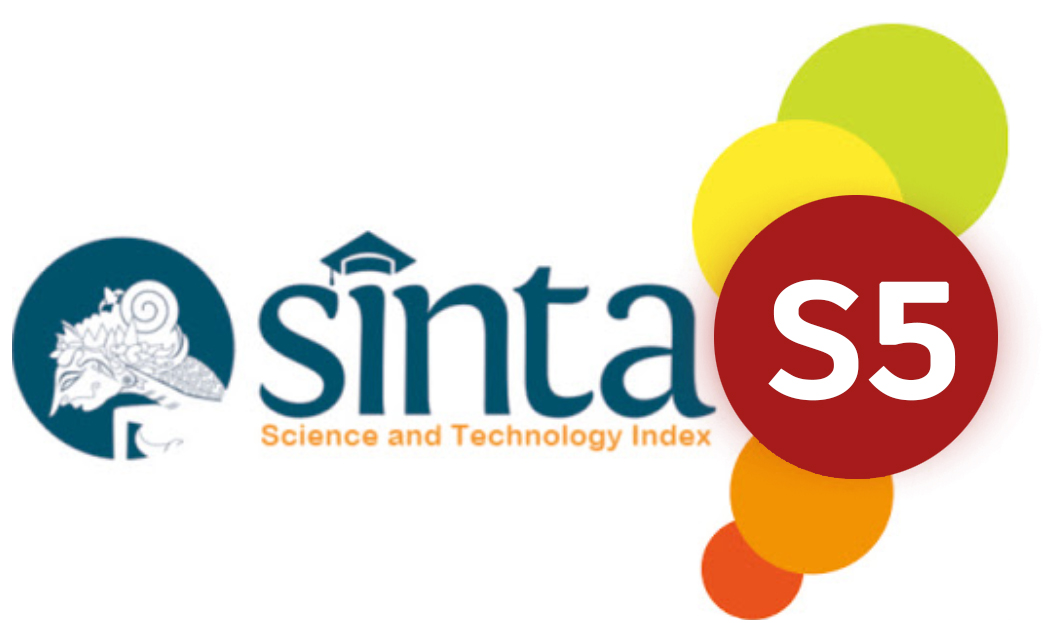Analysis of the Influence of Traffic Performance on Air Quality (Case Study: Menteng Raya Bintaro Road Section)
DOI:
https://doi.org/10.31004/riggs.v4i3.2446Abstract
Menteng Raya Bintaro Road Section as one of the main corridors experiences similar problems with increased air pollution and noise due to transportation activities. This study aims to analyze traffic operational performance and examine the relationship between vehicle density and air quality (PM2.5) and noise level on Menteng Raya Bintaro Road Section. The research method uses a traffic performance analysis approach based on the 2023 Indonesian Road Capacity Guidelines (PKJI), with data collection through direct observation for three day) using a time interval of 15 minutes. Measurements include vehicle volume, PM2.5 concentration, and noise levels during peak traffic hours. The results of the study show that traffic performance on Menteng Raya Bintaro Road Section is still in normal condition with the highest volume of 3,036 vehicles/hour (Tuesday afternoon 17:15–18:15), degree of saturation (DJ) 0.57 (below the threshold of 0.85), and road capacity of 5,372.97 Vcu/Hour. However, environmental quality showed unhealthy conditions with the highest PM2.5 concentration reaching 91.67 μg/m³ (exceeding the 55 μg/m³ quality standard) on Tuesday and the highest noise level of 88.33 dB(A) (exceeding the 55 dB(A) quality standard for residential areas). Correlation analysis revealed a strong positive relationship between traffic density and PM2.5 concentrations, particularly on weekdays with values of R² = 0.6143 (Tuesday) and R² = 0.5843 (Thursday), suggesting 58-61% of air quality variations were explained by traffic activity. A similar relationship was identified at the highest correlation noise level on Tuesday (R² = 0.5113).
Downloads
References
Badan Pusat Statistik, Bappenas, and UNFPA, Proyeksi Penduduk Indonesia 2015-2045: Hasil SUPAS 2015. 2018.
PKJI, “Kementrian Pekerjaan Umum, Direktoral Jenderal Bina Marga,” Pedoman Kapasitas Jalan Indonesia, no. 021, p. 7393938, 2023.
H. Fadhlurahman, A. Salam, and I. Fachruddin, “One-Hadron-Exchange K-p interaction model in nonrelativistic energy region,” Journal of Physics: Conference Series, vol. 1816, no. 1, 2021, doi: 10.1088/1742-6596/1816/1/012040.
D. A. Bahtiar, P. Ariawan, and I. K. A. P. Iswara, “Model Prediksi Tingkat Kebisingan Pada Ruas Jalan Berdasarkan Volume Kendaraan dan Kecepatan di Bali,” Reiforcement Review in Civil Engineering Studies and Management, vol. 3, no. 1, pp. 12–21, 2024.
Presiden Republik Indonesia, “Pp Ri No 41 Tahun 1999 Tentang Pengendalian Pencemaran Udara,” Peraturan Pemerintah no. 41 tentang Pengendalian Pencemaran udara, p. 18, 2021.
E. F. Firdausy, D. M. Utomo, and S. Hariyani, “Aktivitas transportasi yang mempengaruhi kadar co di udara pada kawasan perumahan sawojajar,” Planning for Urban Region and Environment, vol. 9, no. 0341, pp. 69–76, 2020.
Republik Indonesia, “Peraturan Pemerintah Republik Indonesia Nomor 22 Tahun 2021 Tentang Penyelenggaraan Perlindungan dan Pengelolaan Lingkungan Hidup,” Kementerian Sekretariat Negara Republik Indonesia, no. 1, pp. 1–5, 2021.
N. Kumar and P. Ranjan, “Vehicular Traffic and its Correlation with Air Pollution in Greater Noida,” no. January, 2024, doi: 10.37896/JXAT16.1/33122.
M. Balirante, L. I. R. Lefrandt, and M. Kumaat, “Analisa Tingkat Kebisingan Lalu Lintas Di Jalan Raya Ditinjau Dari Tingkat Baku Mutu Kebisingan Yang Diizinkan,” Jurnal Sipil Statik, vol. 8, no. 2, pp. 249–256, 2020.
M. Isradi, Z. Arifin, M. I. Setiawan, R. D. Nasihien, and J. Prasetijo, “Traffic Performance Analysis of Unsignalized Intersection Using the Traffic Conflict Parameter Technique,” Sinergi, vol. 26, no. 3, p. 397, 2022, doi: 10.22441/sinergi.2022.3.015.
F. Azhari, Z. Arifin, and M. Isradi, “Evaluation of Traffic Performance due to Closing Access to Private Vehicles on Pintu Besar Selatan Street for Mass Transportation ( Case Study : Pancoran Street , West Jakarta Administrative City ),” vol. 5, no. 2, pp. 38–51, 2024.
M. Isradi, H. Dwiatmoko, M. I. Setiawan, and D. Supriyatno, “Analysis of Capacity, Speed, and Degree of Saturation of Intersections and Roads,” Journal of Applied Science, Engineering, Technology, and Education, vol. 2, no. 2, pp. 150–164, 2020, doi: 10.35877/454ri.asci22110.
M. Isradi, J. Prasetijo, T. S. Aden, and A. I. Rifai, “Relationship of Present Serviceability Index for Flexible and Rigid Pavement in Urban Road Damage Assessment using Pavement Condition Index and International Roughness Index,” in E3S Web of Conferences ICCIM, 2023.
M. M. Ali, T. Hariyati, M. Y. Pratiwi, and S. Afifah, “Metodologi Penelitian Kuantitatif dan Penerapannya dalam Penelitian,” Education Journal.2022, vol. 2, no. 2, pp. 1–6, 2022.
Sugiyono, “Metodologi Penelitian,” Metodologi Penelitian, p. 102, 2018.
H. Y. Firdaus, M. Isradi, J. Prasetijo, M. Rifqi, and H. Halim, “Analysis of Transjakarta Service Performance on the Cibubur-BKN by Servqual Method,” European Journal of Science, Innovation and Technology, vol. 2, no. 1, pp. 113–123, 2022.
H. Yusman, M. Isradi, K. M. Sudrajat, J. Prasetijo, A. I. Rifai, and M. Arsyad, “Factors Affecting Passenger Satisfaction on the Depok-Bkn Transjakarta Bus,” Journal of Engineering Research and Reports Volume, vol. 27, no. 7, pp. 373–381, 2025.
Downloads
Published
How to Cite
Issue
Section
License
Copyright (c) 2025 Muhammad Isradi, Nadira Novianty, Widodo Budi Dermawan, Andri Irfan Rifai

This work is licensed under a Creative Commons Attribution 4.0 International License.




























